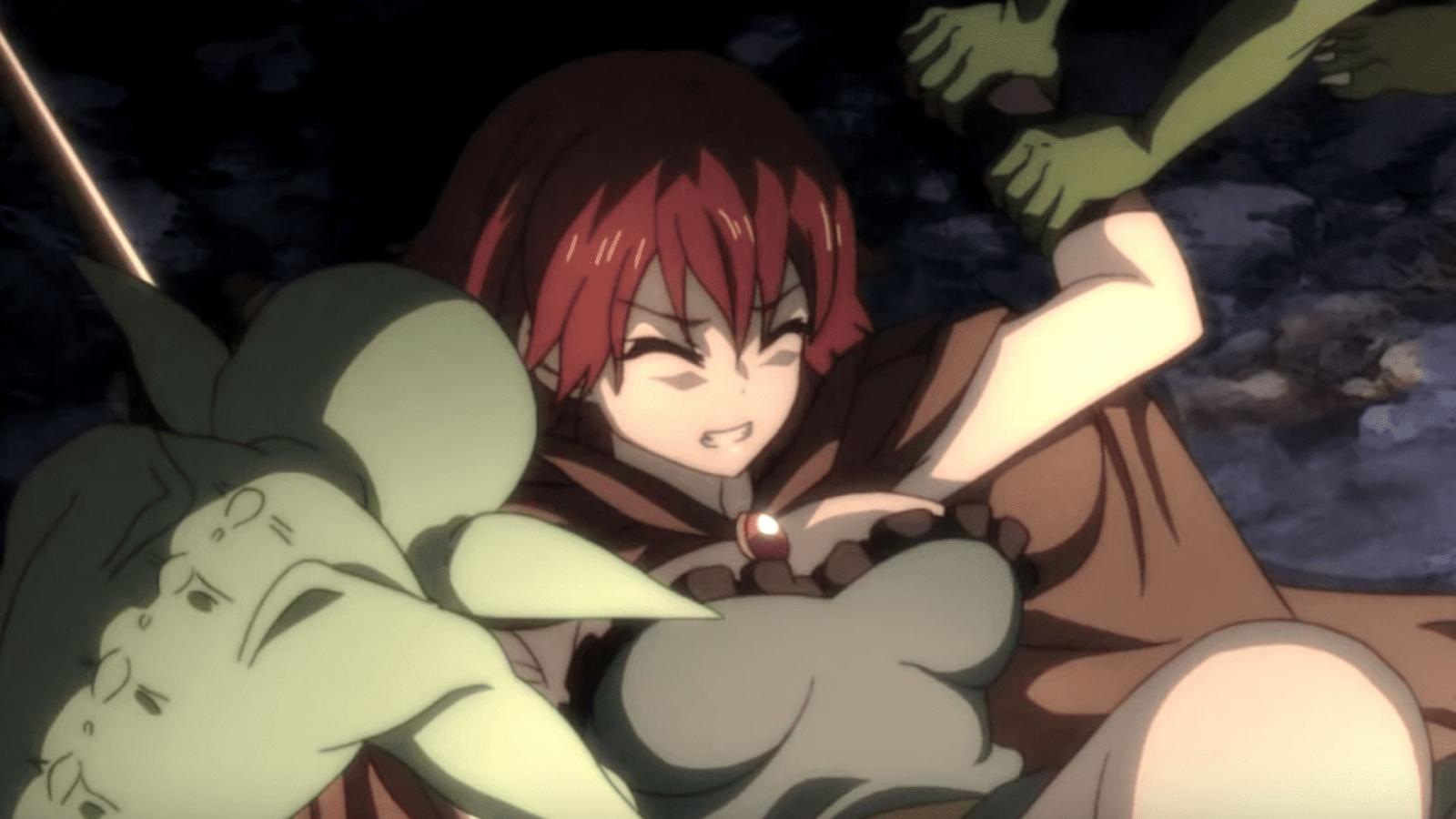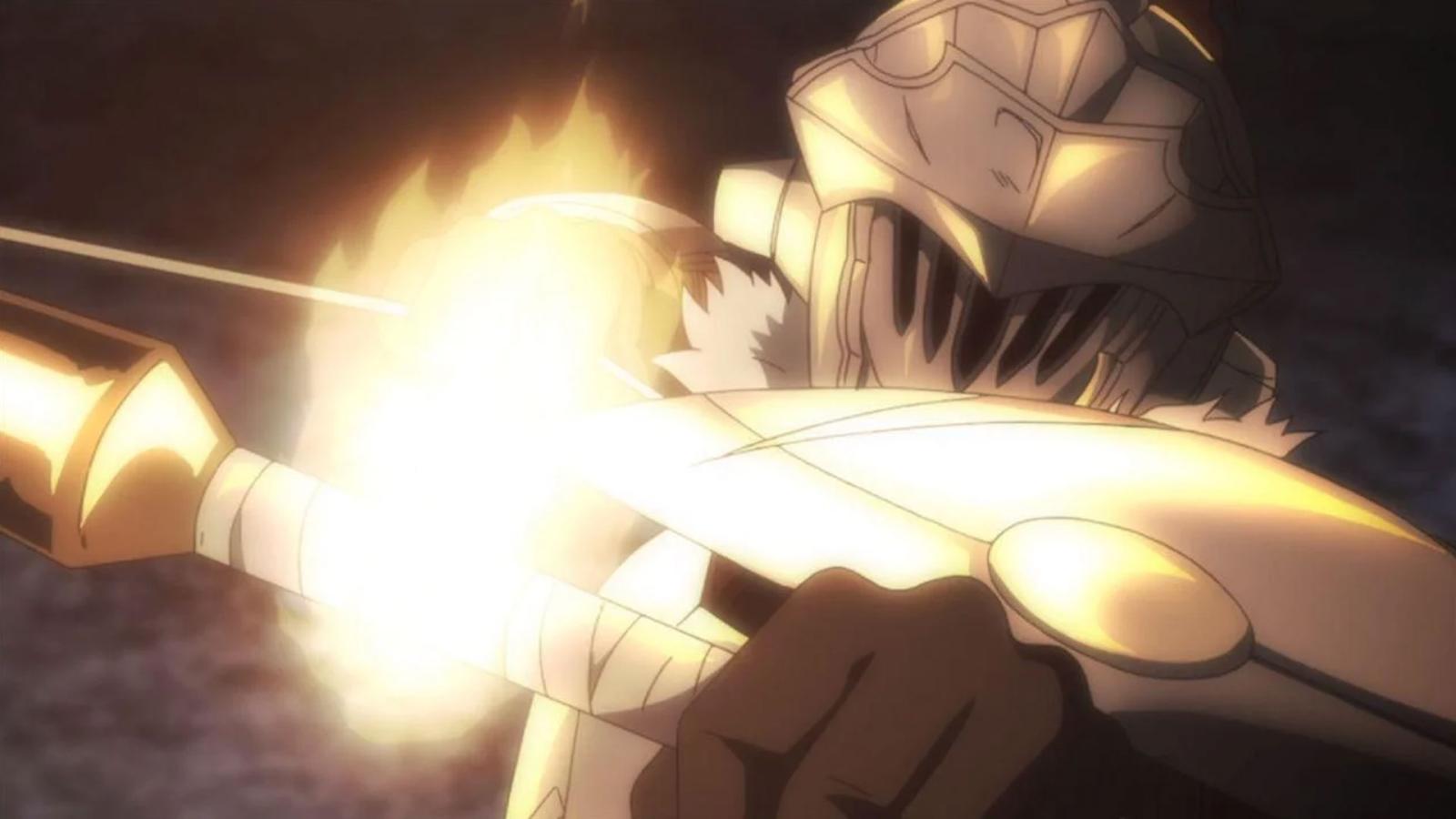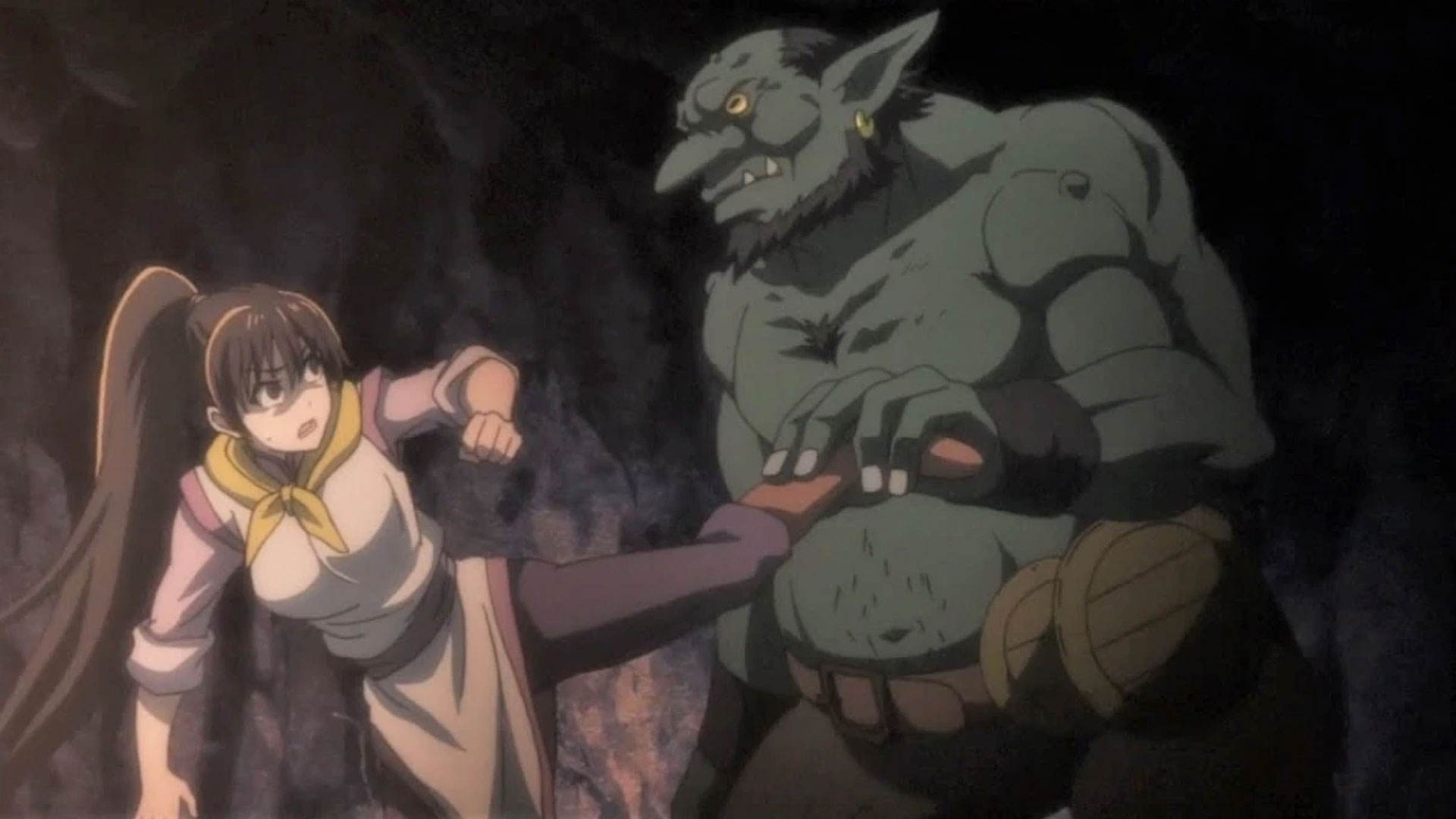Sometimes studios’ marketing teams play dirty.
Content warning: discussions of sexual assault in anime.
Summary:
- The first episode of Goblin Slayer caused a controversy over its graphical depictions of sexual assault.
- The rest of the series moved on from this topic, as it was just a way to catch your attention.
- Series like Shield Hero and Skeleton Knight also attempted to use this marketing method.
Hey, remember the day the very first episode of the Goblin Slayer was released?
The Goblin Slayer controversy

Goblin Slayer is a fantasy story — not an isekai, but rather a pretty straightforward adaptation of a Dungeons & Dragons campaign. All the hallmarks of D&D are there — the oddly shaped dice, the classes, the spell levels of Vancian spellcasting, the potions and the bestiary (from goblins and up to a legally distinct Not!Beholder!). It also, like some homemade D&D campaigns, starts off with scenes of gratuitous sexual assault.
So naturally, the first days after the release of its first episode on October 7, 2018, were ripe with controversy across the Internet. On one side were anime fans furious and/or disgusted with the way Goblin Slayer approached such a heavy and controversial topic. On the other side, were anime fans defending the right of White Fox studio to depict such topics however they see fit. In the end, Western streaming services simply added a warning about the controversial content at the start of each episode, and that was it.
And when we say “that was it”, we mean it. Even the series itself quickly moved on from depictions of sexual assault to, frankly, extremely generic dungeon crawling, mostly returning to this subject in passing, as a set piece, and rarely with the same level of shockingly graphic details. The message was lost on many: we got played.
How the industry plays you

It works like a charm. A show starts with an extremely controversial topic, be it false rape accusations from the first episode of the Rising of the Shield Hero (Tate no Yuusha no Nariagari), or graphic depictions of sexual assault brought in without warning the very second the first episode starts in Skeleton Knight in Another World (Gaikotsu Kishi-sama, Tadaima Isekai e Odekakechuu). And regardless of your own stance on the topic, it’s difficult to remain neutral as the entire Internet is whipped into a frenzy. You argue back and forth until the entire conflict finally peters out, and everyone goes back to their respective corners.
The only real winner in this situation is the studio behind the anime in question — by then, many viewers are flocking towards their quite possibly mediocre product, just because of the attention it has brought. They don’t even have to spend a single yen on marketing, as it was already done for them through word of mouth — and like in the case of Goblin Slayer, the subject of controversy doesn’t have to make sense from the storytelling perspective, nor has to reappear in the story in any meaningful way.
To be frank, these creator-manufactured controversies are in no one's interest, and only serve as a marketing mechanism at the cost of losing the people who might’ve enjoyed the rest of the story — and we hope that all of us will be able to recognize this ridiculous ploy as such the next time it happens.

